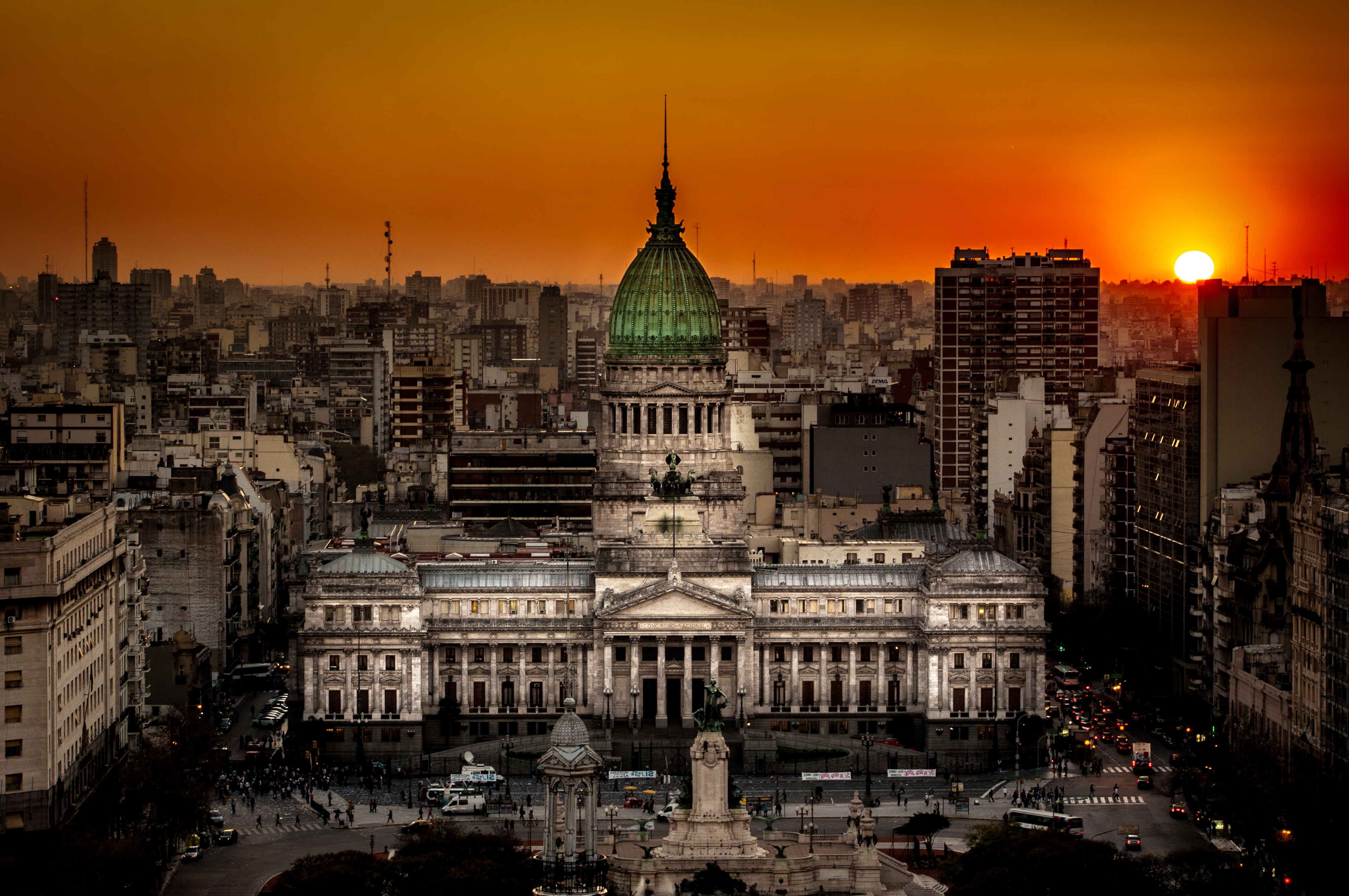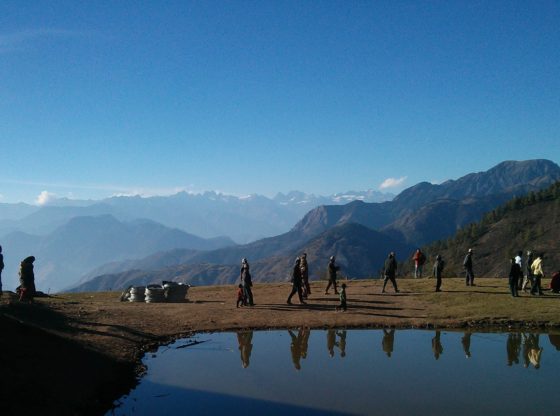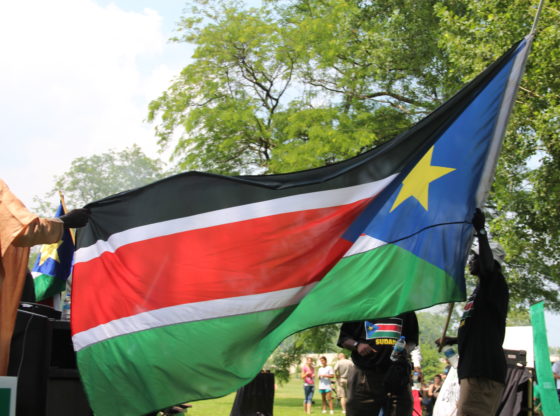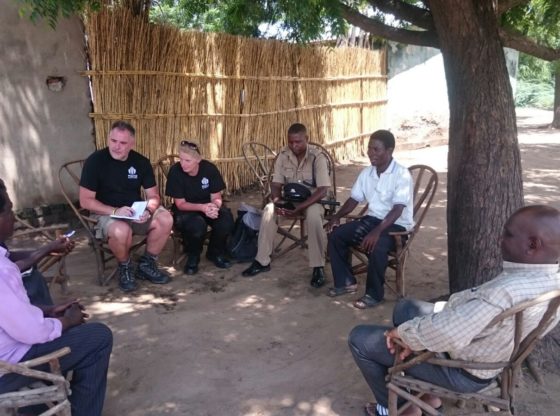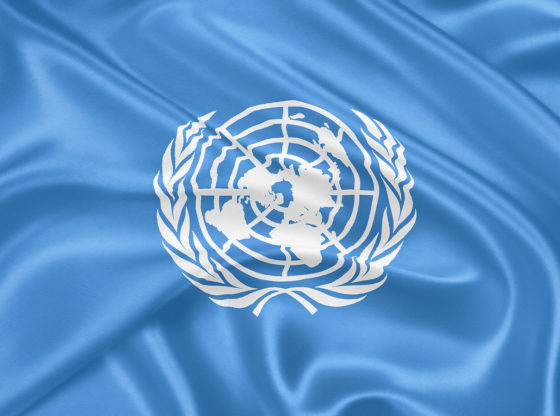Later this month, Argentinians go to the polls to vote in a national mid-term election. This will be a telling indication of how the nation is responding to President Macri’s reformist agenda, which is aimed at restoring Argentina’s economy to good health. Richard Ferguson tells the story.
Democracy is an abuse of statistics. This was the pessimistic conclusion drawn by the Argentine writer Jose Luis Borges, when he considered the democratic challenges facing his country in an earlier era. He died just before democracy and civilian government were restored in 1983. Despite intense bouts of economic disruption, fiscal crises and political introspection, Argentine democratic ideals have endured, if not entirely flourished.
Mid-term elections rarely provide the political catnip of presidential elections. On 22 October, Argentina faces a key democratic test on its long road from economic perdition to recovery. At stake: the reinforcement of the reformers, led by the current President Mauricio Macri, who have been in government since 2015; or the advancement of the populist political forces which governed Argentina almost continuously in the aftermath of the collapse of the country’s Convertibility System in late-2001.
On the reformist side is Cambiemos (“Let’s change”), a coalition of three main centre-right political groupings: Propuesta Republicana (Republican Proposal - the party of President Macri); the Unión Cívica Radical (Radical Civic Union); and the Coalicíon Cívica (Civic Coalition). To try and characterise this arrangement within a UK political context, consider an alliance that encompassed the interests of Conservatives, Liberal Democrats, and the Blairite wing of the Labour party. In other words, a big tent but defined as much by what it opposes as by what it represents.
Centre-left interests are represented by two major groupings. The first of these, Frente para la Victoria (Front for Victory), is a broad coalition which covers five main political groupings ranging from Partido Justicialista (Justicialist Party - traditionally the largest Perónist party and still the biggest party in the country’s legislatures) to the Partido Comunista de la Argentina (Communist Party of Argentina). Within this five-grouping coalition lies a range of interests that covers social democracy, Argentine nationalism, Marxism, environmentalism, and various other narrow populist strands.
To complicate matters further, the second Perónist grouping is made up of members of Partido Justicialista who are opposed to the leftist faction of Cristina Fernández de Kirchner. This second grouping works in coalition with yet another Perónist and Partido Justicialista offshoot Frente Renovador (Front for Reform), the last of which is concentrated entirely within the electorally crucial Buenos Aires province.
The wide-ranging support that the Frente para la Victoria grouping has achieved (it contains an even broader confederation of interests than those within the reformist Cambiemos coalition) indicates the extent to which economic inequality has become a hallmark of Argentine society. The modern oddity that is Perónism means that in a UK context, a coalition like Frente para la Victoria might – with little exaggeration – take the form of an alliance between Old Labour, Momentum, the SNP, the DUP, and a few elements of the Greens and UKIP all thrown into the same political melting pot.
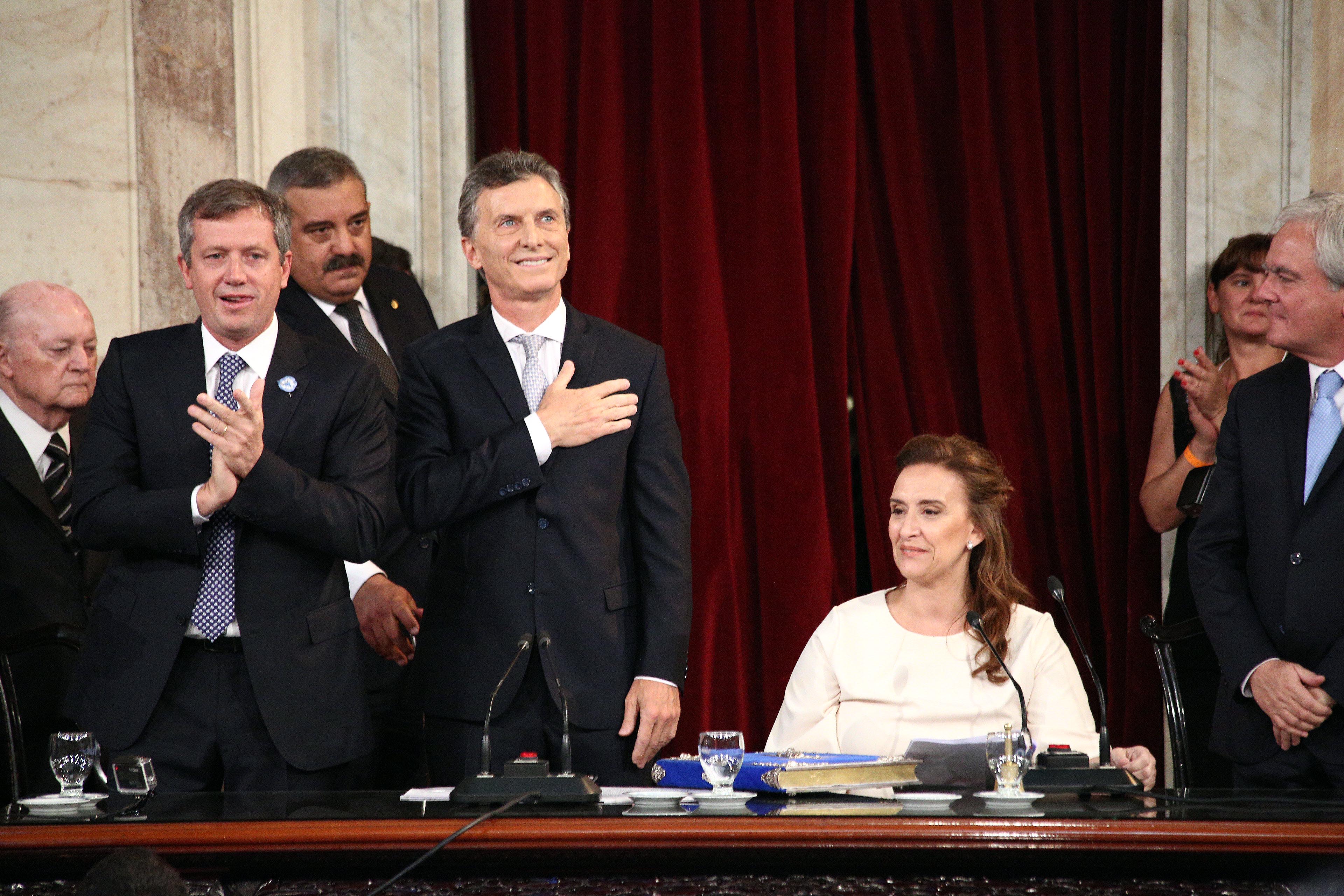
Whilst the political alignments are complicated, the prize in this month’s election is far clearer. At stake is one-third of the 72 seats in the Senate, and half of the seats in the lower Chamber of Deputies. In the 2015 presidential election, Mauricio Macri’s unexpected elevation to the presidency provided a platform for the nascent Cambiemos movement. These early days of the coalition means that it currently only has 89 representatives in the 257-member chamber of deputies, and 15 senators out of 72 in the upper house.
The mid-term elections this month are not likely to offer Cambiemos an opportunity to take control of either chamber but, instead, should reinforce the coalition’s reformist message, provide a robust platform for additional economic restructuring, and allow voters to deliver a verdict on Macri’s reform programme over the past two years.
BACK FROM THE BRINK
To get a sense of the importance of Argentina’s forthcoming election, one needs to consider the wider consequences of the country’s fall from grace in recent years. As hard as it may be to believe, Argentina was an economic powerhouse at the turn of the 20th century. Even as late as 1940, it was one of the world’s 10 largest economies.
The return of civilian democracy in 1983, after many decades of intermittent military and quasi-civilian governments, has endured. A key event for the nation during this period, one which still has ramifications today, took place in 1989 when Argentina adopted the Convertibility Law, which pegged the country’s currency to the US dollar.
Within 12 months of the default, Argentina’s poverty rate (‘poverty’ being defined as living on US$2 per day) had leapt from 25 of the population to 60 percent.
A combination of economic mismanagement, currency misalignment, and a blundering monetary policy, pushed the country’s Convertibility System over the edge. On Christmas Eve 2001, after a general strike that left 24 people dead, the newly appointed President, Adolfo Rodríguez Saá, announced a default on the government’s US$50 billion foreign private-sector debt (out of a total government debt of US$132 billion).
The medium-term consequences of this financial calamity were devastating. Devaluation meant that banks’ loan books shrank by US$12 billion while depositors’ losses from forced conversion to pesos amounted to US$23 billion. Within 12 months of the default, Argentina’s poverty rate (‘poverty’ being defined as living on US$2 per day) had leapt from 25 percent of the population to 60 percent. Middle-class savings were wiped out and real wages declined by 25 percent. The wealthy, whose firms borrowed from Argentine banks, saw their liabilities diminish sharply.
THE KIRCHNER ERA
The presidential elections in 2003 ushered in a new populist era with Néstor Kirchner’s wing of the Partido Justicialista emerging victorious. His successor, Cristina Fernández de Kirchner, reinforced the populist policies of her husband from 2007 until 2015.
The Kirchners’ era in power was punctuated by a series of unorthodox and populist economic policies, many of which did lasting damage to the Argentine economy. Whether or not these policies were justified is less important than the fact that they turned Argentina into an off-limits investment desert. The nationalisation of YPF in 2012, the refusal to countenance bondholder claims in New York, the attempt to apply windfall taxes on farmers during the 2007-2008 food crisis, the setting of energy prices, and state interference in the gathering and reporting of national statistics, might all have been done with the best of intentions - but they also delivered the worst of outcomes.
In effect, Argentina lost any ability to tap international capital markets after 2001. By 2009, it had lost its emerging-market status and been downgraded by ratings agencies to frontier-market status.
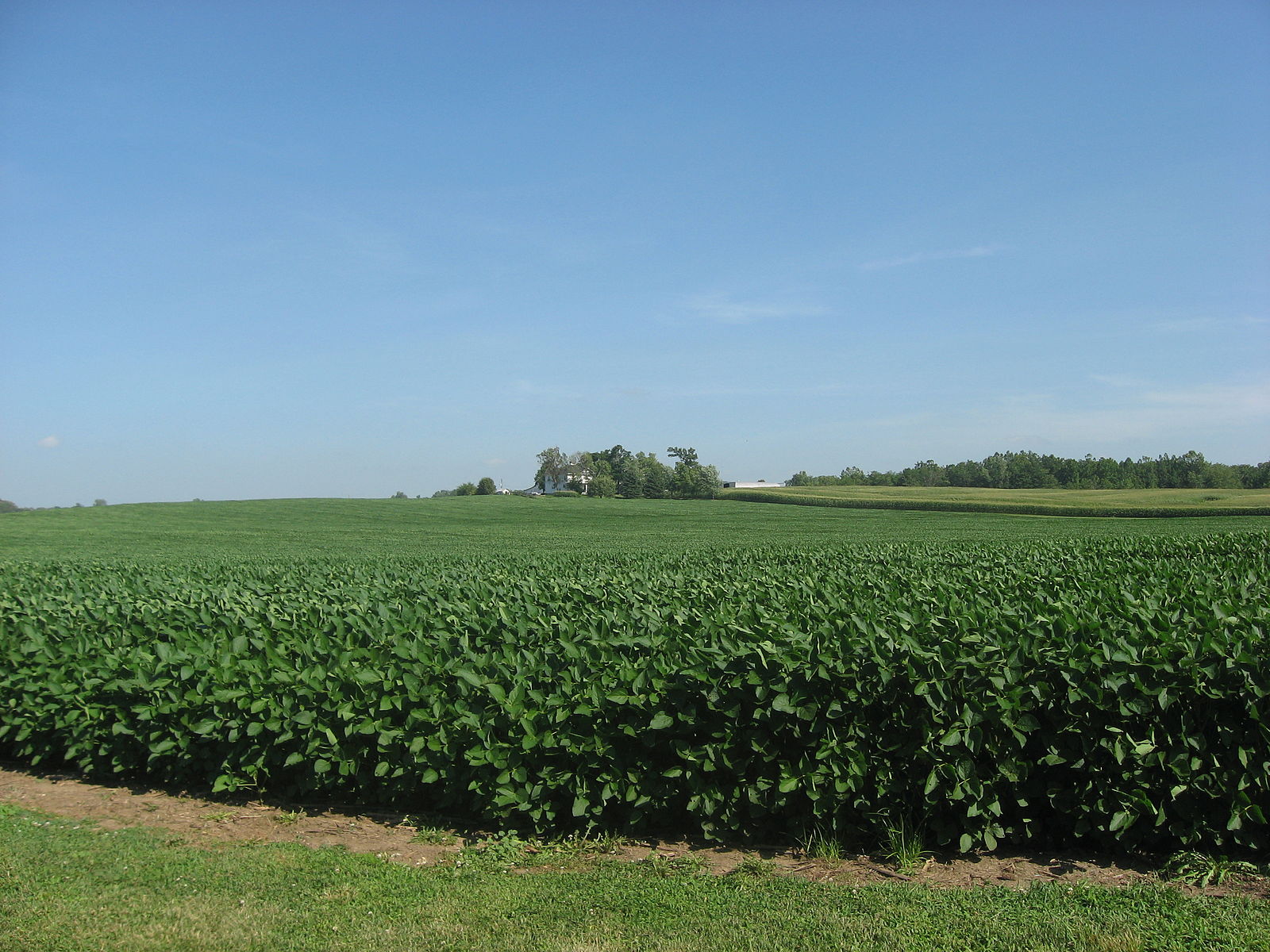
If anything saved Argentina during this prolonged period of stagnation, it was the growth in demand for soft commodities. In particular, Chinese demand for soybeans, a crucial component of feedstock in the poultry sector, provided relief for Argentina’s farmers. When Argentina’s Convertibility Law came into force in 1989, China barely imported soybeans. Growing affluence means that China will import 95 million tonnes in 2017, much of which will have originated in Argentina.
In 2001, the year the Convertibility System collapsed, Argentina, with its over-valued exchange rate, managed to export US$10 billion of agricultural produce. A decade later - when the exchange rate had gone from parity with the US dollar to a rate of US$1 = 4.1 Argentine pesos - it exported over US$40 billion of agricultural goods, demonstrating not just the overall rise in soft commodity prices but also significant volume growth.
MAKING REFORMS RESILIENT
The political and economic deadlock of the previous decade was broken with Mauricio Macri’s unexpected victory in Argentina’s 2015 presidential election. Under his leadership, a raft of key policy measures have been introduced. Among them were the abolition of capital controls, the lowering of subsidies on energy prices, and reaching agreement with the last holdout bondholders in New York.
All of these measures have had positive effects. A lower exchange rate helps the export-driven agriculture sector, while the country’s public and private sectors have been able to access international capital markets for the first time since 2001. In April 2016, the Argentine government sold US$16 billion of US-denominated debt to international investors. Even Argentina’s much-maligned and discredited National Statistics Agency is being overhauled in order to develop a more credible range of economic data and indicators.
Macri has overseen a 150 percent rise in energy prices, justifying it as part of an ongoing process to eliminate huge inefficiencies.
The Macri administration has also overseen an overhaul of the nation’s energy policy. Energy subsidies were a prominent component of the Kirchners’ populist policy agenda. Whilst these found favour in a country with Argentina’s levels of inequality, they also consumed a sizeable proportion of GDP (5 percent). Macri has overseen a 150 percent rise in energy prices, justifying it as part of an ongoing process to eliminate huge inefficiencies.
But the reforms driven forward by Macri, while welcome, remain incomplete. An Argentine legislature injected with some fresh thinking will be required to ensure a robust reform programme is implemented and made increasingly resilient. Therefore, the mid-term elections on 22 October are of great importance and may be a leading indicator of whether Argentina’s current reform programme can endure.
Richard Ferguson is the founder of Ferguson Cardo, a Glasgow-based consultancy which provides strategic advice, independent consulting, and research across the food, agriculture and biosciences sectors to a range of companies, governments, financial institutions, and NGOs. He has lived, worked, and studied in Asia, Africa, Continental Europe, Latin America, and the UK. Richard has written for a wide range of publications, policy institutes, and think tanks. He is on Twitter at: @richard_agri
Feature image: the sun sets behind the Argentinian National Congress in Buenos Aires. Image: Miguel César [CC BY-SA 3.0]

